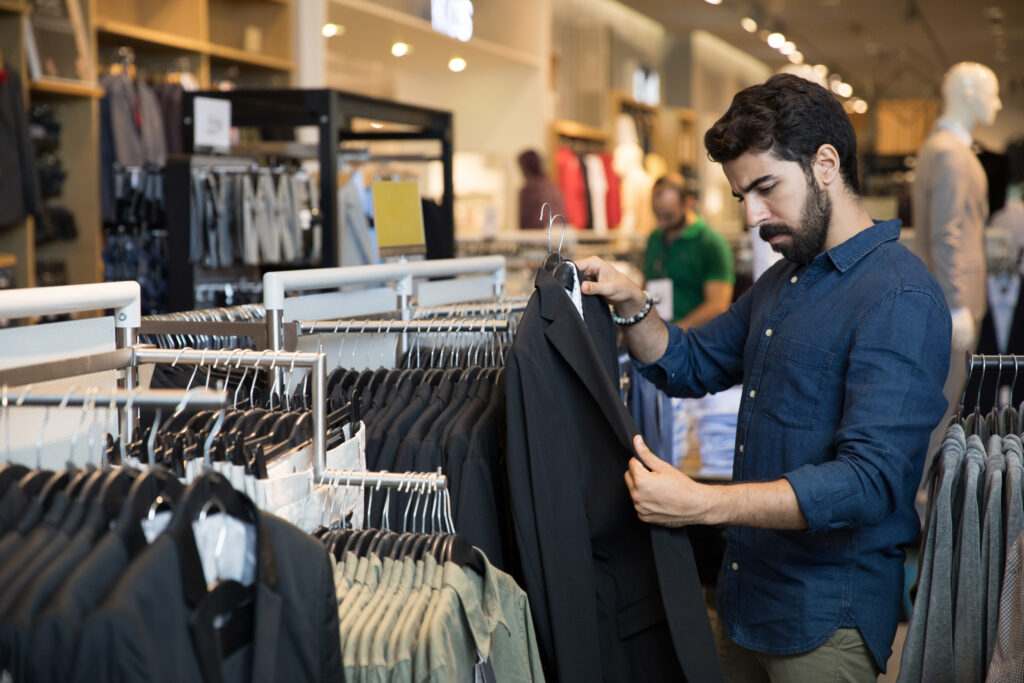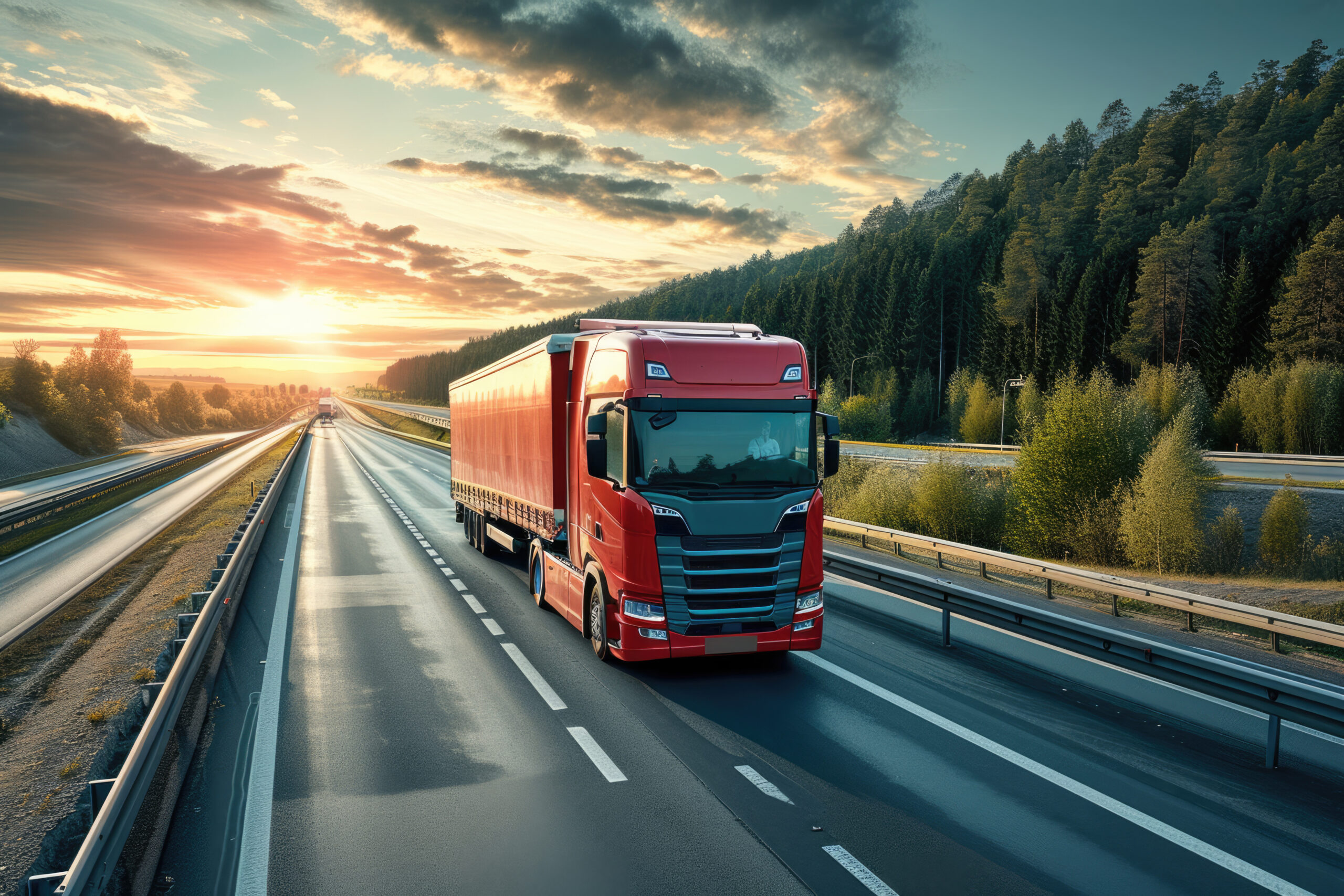In the last few years, omnichannel logistics and delivery have become more than a nice-to-have. Omnichannel logistics and delivery are a must-have. Not only do shoppers increasingly demand it, but supply chain complexities and costs incentivise brands to embrace new and innovative ways of moving product.
Brands and retailers that have not yet adopted omnichannel strategies may be missing out on opportunities to grow business – especially in global markets. In fact, McKinsey calls omnichannel “a requirement for survival.”
Defining Omnichannel Logistics
Retail isn’t just about selling products anymore – it’s about creating an experience and meeting shoppers where they are. Omnichannel logistics provides the backbone for a multi-faceted shopper’s journey, ensuring that every touchpoint is not only connected but also seamlessly enhances the customer experience.
Omnichannel isn’t just digital and isn’t just about where you run marketing campaigns. It also provides consistent and convenient service across physical and online channels throughout the purchase journey. It gives customers the visibility they expect into inventory, flexible order options and uniform pricing regardless of where they shop.
With the rise of data analytics and advanced technology, logistics is no longer the backroom, spreadsheet-only operation that it once was. Real-time data drives decisions, letting businesses optimise inventory, manage demand and offer the best possible customer experience.
Advantages for Shoppers

Omnichannel logistics and delivery is a win-win for your brand and your customers. Let’s look first at how omnichannel benefits and delights shoppers.
Seamless Shopping Experience Across Physical and Digital Channels
Shoppers use both physical and digital channels to research and buy products and interact with brands. For instance, a shopper may enter a store, browse products and then make a purchase online for home delivery. Conversely, a shopper may make a purchase online and opt to pick up their items in-store. The shopper benefits by tailoring their experience to their preferences.
“Bringing together the strengths of online and offline shopping experiences, omnichannel fulfillment services provide flexibility, allowing customers to shop in ways that best suit them,” wrote Sergey Kozhevnikov. “Consumer demand is clearly high—and continuing to grow. Retailers must eliminate friction between channels and work to make their omnichannel offering as convenient as possible.”
Convenience and Flexibility in Fulfilment Options
Consumers value convenience and flexibility. Buy online, pick-up in store (BOPIS) options, as well as pick-up-drop-off (PUDO) and the increasing availability of same-day delivery and subscription services, all cater to these needs, made possible by omnichannel logistics and connected tech stacks.
Advantages for Brands and Retailers
Customers love omnichannel shopping and delivery, but your brand can also benefit by adopting the strategy.
Enhanced Customer Engagement and Loyalty
By providing a superior shopping experience, your brand can expect increased customer loyalty. Omnichannel logistics plays a crucial role in this, allowing businesses to engage with customers on their terms. Long-term, international ecommerce success depends on building a loyal fan base quickly. Empowering shoppers and personalising the experience builds trust which builds loyalty.
Operational Efficiency and Inventory Management
Central to any successful retail operation is efficient inventory management. Omnichannel logistics enables you to keep track of stock levels across all your channels, and then move inventory according to local demand. Localising inventory reduces waste and the environmental impact of shipping multiple small packages across long distances.
The Future of Omnichannel Logistics
As the retail landscape continues to evolve and technology – like AI – is increasingly useful and accessible, the world of omnichannel logistics and delivery will only open more possibilities.
“In-store fulfillment is one area where a system leveraging data and AI can really shine,” wrote Frankie Mossman. “A unified system that uses internal and external data (e.g. historical sales numbers, peak shopping hours, real-time inventory, etc.) can understand when stores are at their busiest…and make sure to adjust fulfillment away from the busiest stores during those times.”
Omnichannel ecommerce and logistics is only available because of technological advancement. From blockchain for transparent supply chains to virtual reality for enhanced customer experiences, a variety of technologies are influencing the evolution of omnichannel logistics.
Opportunities for Growth and Innovation in the Retail Sector
Omnichannel logistics and delivery benefits both you and your customer. But the key to making an omnichannel strategy work is to keep the focus on the customer. When you integrate systems, data and experiences into one cohesive whole that revolves around the shopper, you can revolutionise the retail experience. It’s a complex beast, but a beast that, once tamed, can transform your business and define the next era of retail.
